Francesco Mati, also known as Cecchino del Legnaiuolo, was a painter born in Florence in 1561. He trained with Alessandro Allori, participating in decorative undertakings such as the grotesques in the first corridor of the Uffizi and the salon of the Medici villa at Poggio a Caiano. Among his first independent works were some monochrome battles for temporary commemorative contracts. He enrolled in the Accademia del Disegno in 1581 and continued to be a member and paid dues until the year of his death. He later became an appreciated painter of altarpieces, at the turn of the century, mostly destined for the Florentine countryside, where he diligently combined the instances of the Counter-Reformation with good drawing and colouring.
The story of the Assumption of the Virgin develops in the same way as the Virgin's death: the source is the transitus Mariae gradually enriched with additions and interpretations
In this painting we can see how the painter has tried to tell the importance of Mary through the very bright and delicate colours and the dances of the angels, truly numerous and happy; in short, here the concept of the Assumption is perfectly explained, particularly important for the Catholic world with Mary being taken up to heaven by a series of angels who lift her up to paradise; also in the moment of the Assumption we can see how the author manages to give Mary an attitude of devout trust in divine value.
The motion of the clouds has various functions; it emphasises Mary's upward motion, opens up to show the way to heaven and gives much serenity through warm, well realised colours; even at the moment of the Assumption Mary presents her long hair as a symbol of virginity.
A painting of remarkable intensity and manner, the author has succeeded in combining a series of admirable characters in a small to medium-sized panel; the painter portrays all the protagonists in different poses without weighing down the scene, rather skilfully blending their actions with a warm, lively, emotional colour palette that perfectly explains the love and sweetness of the scene depicted.
The paintings and works of art published here are my exclusive property and therefore are always available to be viewed, by appointment, in my exhibition sites located in Sanremo and Brescia.
This item , like all our objects, is sold accompanied by a photographic certificate FIMA of authenticity and lawful origin; this document identifies the object by adding more value to the article.
We take care and personally organize the packaging and shipping of our items with insurance all over the world.
Mr. Riccardo Moneghini
Art Historian


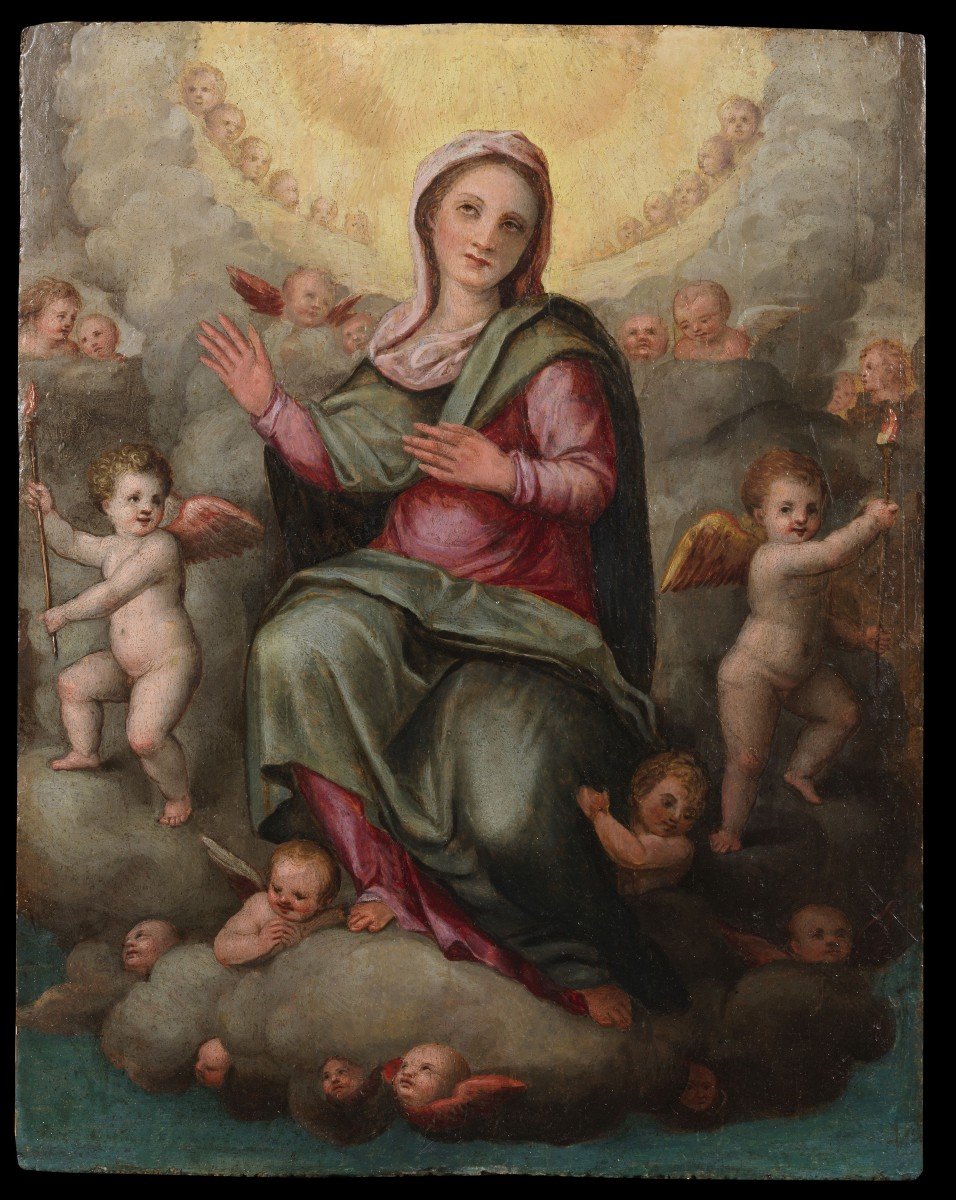







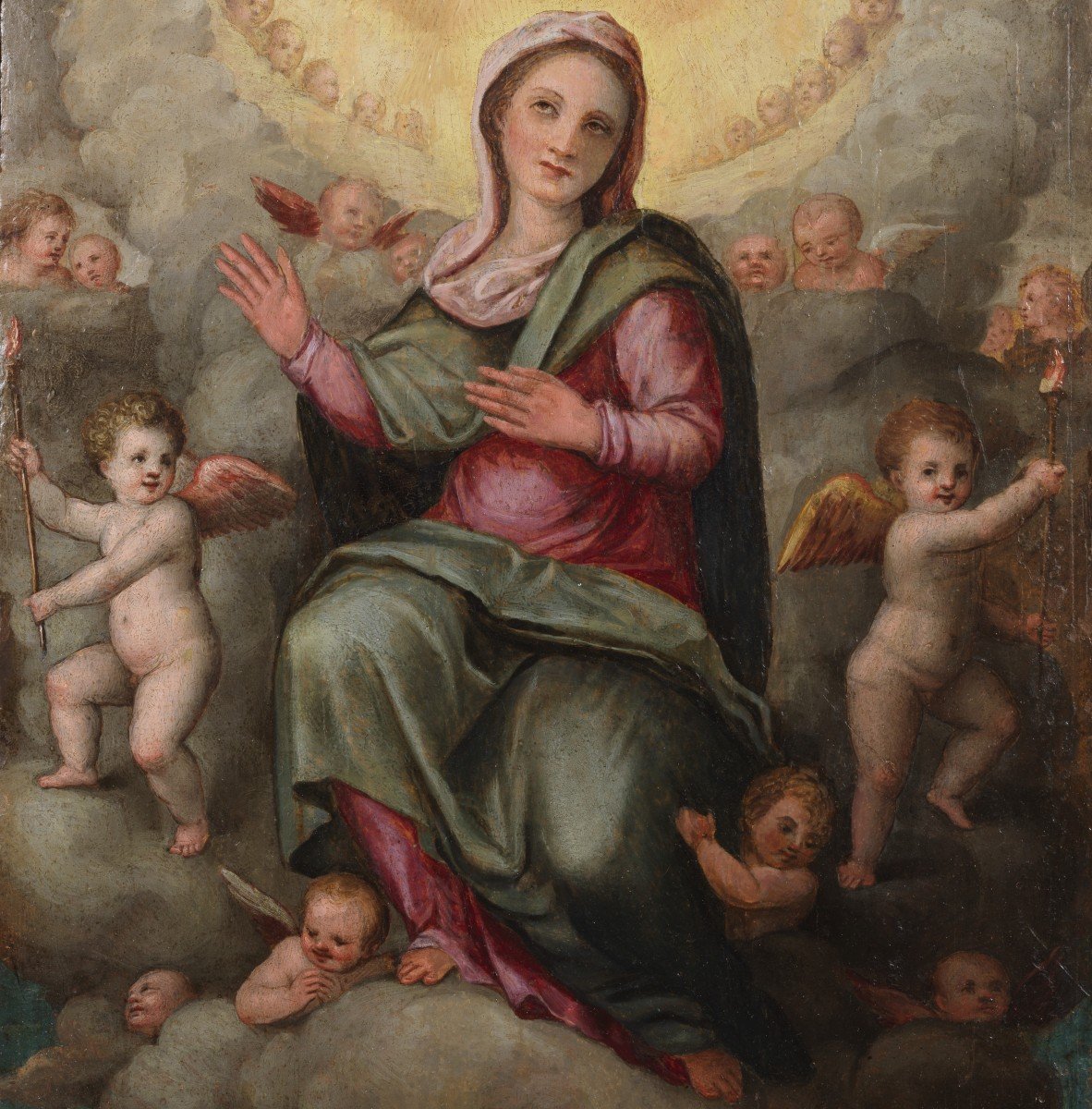
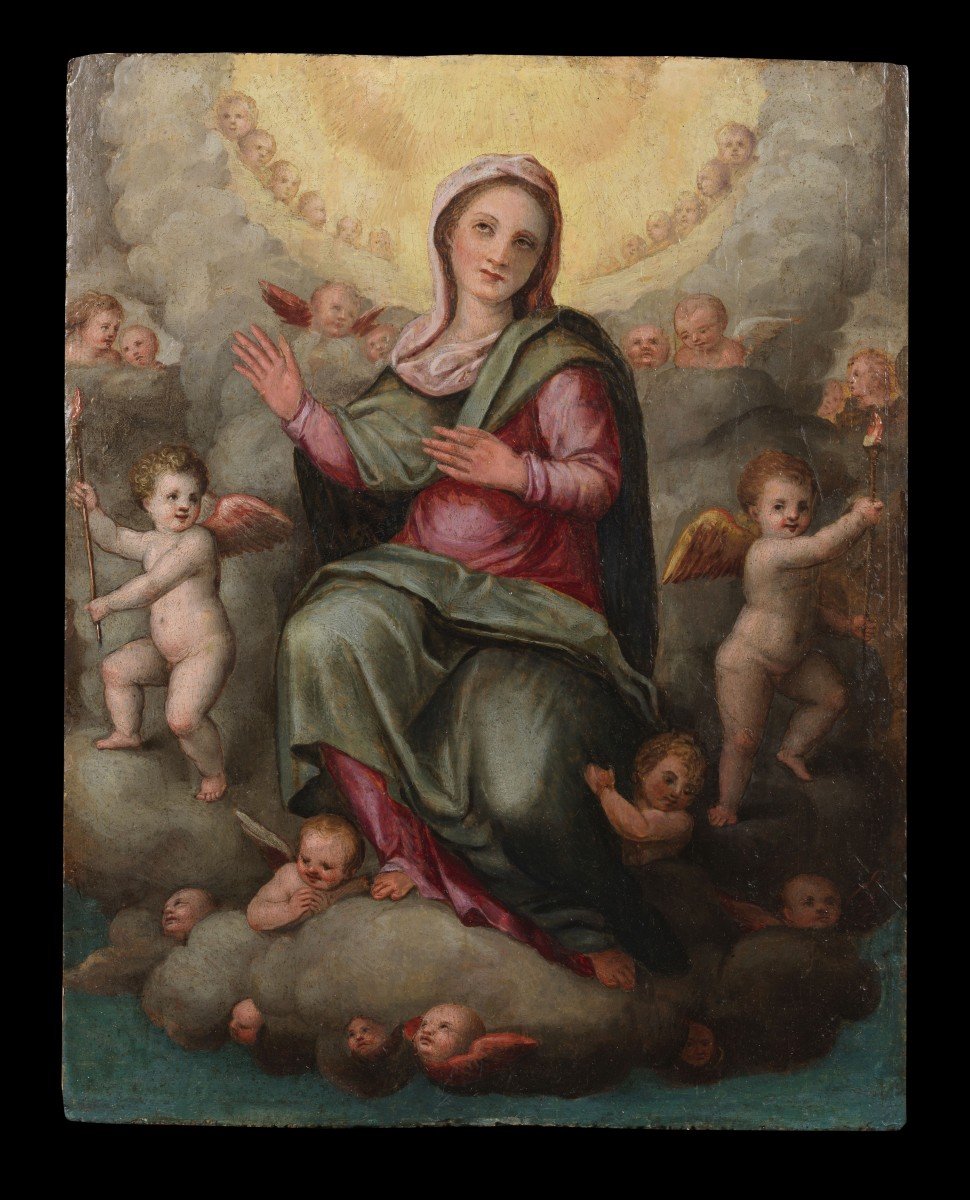













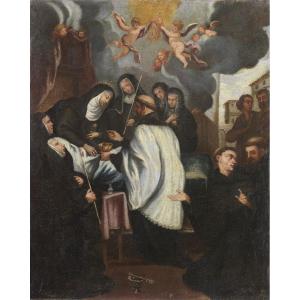


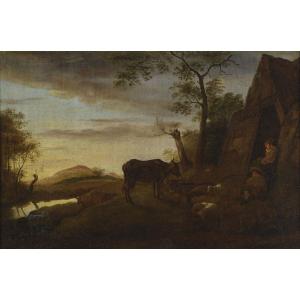
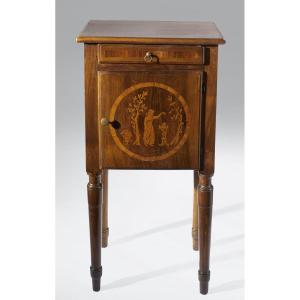




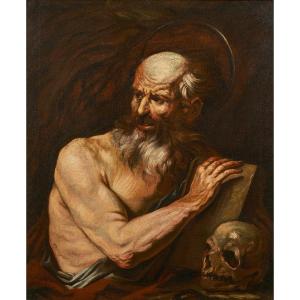

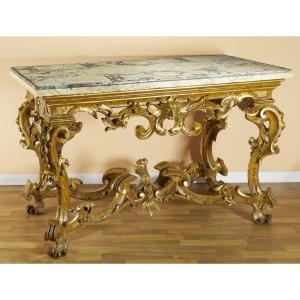

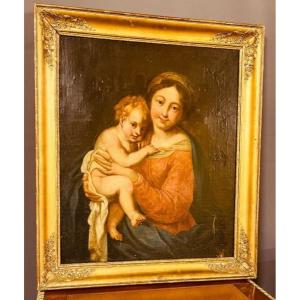



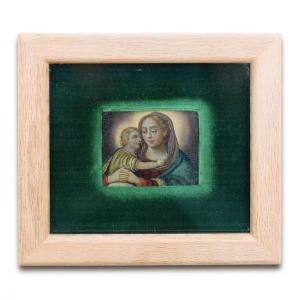



 Le Magazine de PROANTIC
Le Magazine de PROANTIC TRÉSORS Magazine
TRÉSORS Magazine Rivista Artiquariato
Rivista Artiquariato